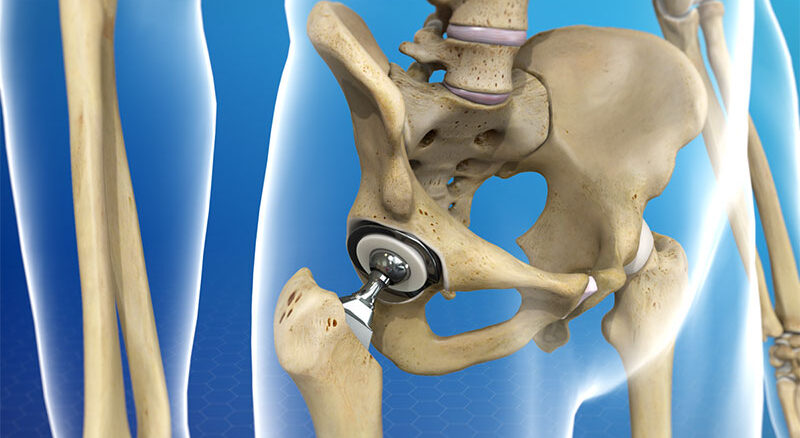Arthroplasty or joint replacement, is a procedure that a harmed joint will be replaced with an artificial joint. These artificial joints are usually made of ceramic, metal or plastic. Surgeons often replace the total joint. In other cases, they just replace the harmed part of the joint. The most regular joints that can be replaced are: hips, shoulders and knees. People who suffer from arthroplasty usually have substantial recovery in the joint ache, capability to do activities, and quality of life. In case you feel pain, swelling and stiffness in your joint_ specially in your ankle and it didn’t improve after nonsurgical treatments; it’s better to visit an ankle surgeon in Dubai.
Arthroplasty has its own advantages and disadvantages that we will explain in the following article.
What is arthroplasty?
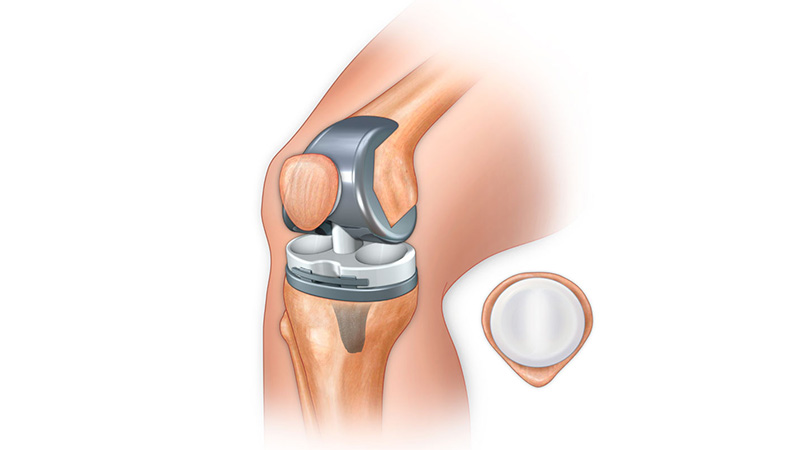
Arthroplasty means surgical joint replacement. Within the procedure, the healthcare provider takes a harmed joint off and replaces it with a man_made joint. These artificial joints are made of metal, ceramic or strong plastic. The modern joints are similar to the natural joints and waggle in an equivalent way.
✔️ Read more: What is an Achilles tendon and why is it damaged?
Although an expert surgeon will replace joints in all parts of the body, the most common kinds of joint replacement happens in the hip and knees.
Despite this most patients who get this surgery need a complete joint replacement. Just a few people are suitable candidates for a partial joint replacement. In partial replacement, only the damaged part will be replaced. Improvement time for arthroplasty differs. The kind of surgery relies on age and lifestyle.
Note: A foot surgeon in Dubai could replace joints in all parts of the feet.
Reasons for Arthroplasty Surgery
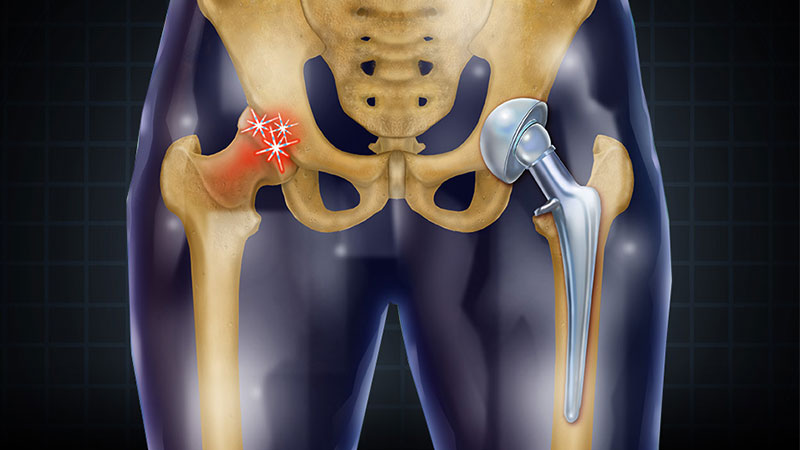
The health provider might recommend arthroplasty if the patient has:
- Joint ache/pain which didn’t get better with nonoperational treatments like physical therapy, taking medicine, wearing bracing, getting injections, walking by supportive devices and rest.
- Joint thickness and restricted mobility in which make it hard or even impossible to do your daily activities.
- Swelling/inflammation which has not improved with medicines or lifestyle shifts.
- Getting worse, despite taking pain medications or during waking
- Preventing good sleep
- Influences the capability to climb or walk down of the stairs
- Cause difficulty while rising from a seated status
✔️ Read more: Restless Legs Syndrome and Its Symptoms
Following conditions that could harm the joints, often cause joint replacement surgery essential are:
- Osteoarthritis, which is called wear-and-tear arthritis, damages the soft cartilage that masks the ends of bones and assists joints move gently.
- Rheumatoid arthritis, which is due to an extremely active immune system, generates a kind of inflammation that could rub cartilage and sometimes underlying bone. Therefore joints will damage and deform.
- Osteonecrosis. If there is a lack of blood supplied to the ball part of the joint, like a result of a dislocation or break, the bone may crash and deform.
What joints do orthopedic surgeons replace?
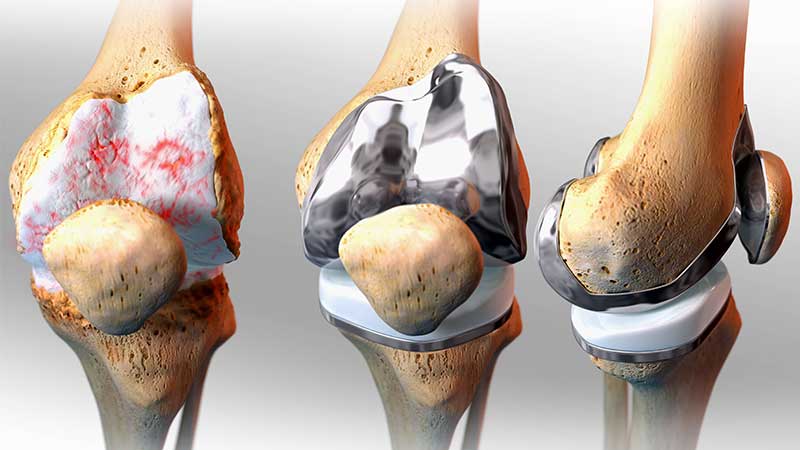
In most cases, surgeons just replace the knee, hip or shoulder joints. Respectively these replacements are called complete knee arthroplasty, hip arthroplasty, and shoulder arthroplasty. Recently surgeons could procedure all parts of the ankle, knee, elbow, shoulder, hip, wrist and toe joints.
If you have pain in your toe joints, in order to examine your health condition, it’s better to make an appointment with a smaller toe surgeon in Dubai.
✔️ Read more: What is osteoporosis and what can you do to prevent it?
Benefits of Arthroplasty

This surgery will help you walk and do your activities with no pain and stiffness. As a matter of fact after surgery, lots of people can participate in activities that they enjoy. These procedures significantly improve the quality of life and general health by allowing patients to experience an active lifestyle again.
In general some of the benefits of joint replacement are:
Feel less pain: The primary reason patients have this kind of surgery is to get away from severe and excruciating pain.
Restitute motion and activity: Joint replacement permits lots of people to continue the activities and entertainments they had once enjoyed such as biking, jogging, swimming and …, before the pain stopped them. This causes a general improvement of life quality.
Decrease risk of severe and chronic health conditions: according to some studies a total hip replacement is connected to heart failure, diabetes rates and depression.
More safer than before: Arthroplasty is safer and more efficient now than it was in the past. However there are still risks connected to this procedure, but the advancements of this surgery cause a better level of postoperative function.
If you are struggling with any health conditions connected to feet, heels, toes and … you should visit Dr. Bijan Valiolahi. Because not only he is one of the best orthopedic surgeons but he’s also a great heel surgeon in Dubai, too.
✔️ Read more: What is iliotibial band syndrome and what are its symptoms
Complications of arthroplasty

Arthroplasty consists of the similar risks as other major surgeries, such as risk for infections and blood clots. People with heart problems, diabetes which isn’t well-controlled, and have weak immune systems are also at risk. A surgeon might recommend antibiotics and blood diluents in order to prevent complications.
It’s rare but nerve injury could happen if the nerves around the replaced joint are damaged during surgery. Another common complication connected to arthroplasty is when the new joint is not performing well and dislocation. The patient might feel weakness, stiffness and Instability that might lead to a break. Weakness and stiffness usually happen if patients don’t take part in active rehabilitation or refuse to do other aspects of the treatment.
Patients withUnderlying disease will have higher risk of complications. Thus before the procedure, tell the provider that you have health problems such as diabetes, an autoimmune disease, hemophilia and lupus. Because These diseases could make recovery harder.
Before arthroplasty
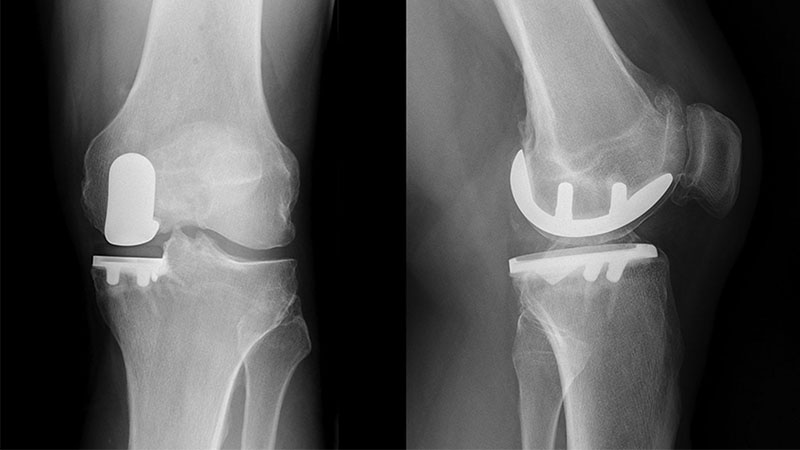
Before surgery the healthcare providers help you to be prepared for the procedure. He/She might recommend physical therapy, diet or exercise in the weeks leading up to the arthroplasty. These schedules could ensure that you’re ready and healthy enough for the surgery.
Furthermore you should take some tests to evaluate your general health such as blood test, an electrocardiogram test and a chest X-ray test. According to your health history, you might need to see the prime care provider or other specialist for preoperative appraisement. Some surgeries need a CT scan or MRI for surgical planning.
Talk to your provider about your health status and any medicines you are taking. Since sometimes it’s essential to stop taking medicines like blood thinners before surgery. The healthcare provider informs you when to stop eating and drinking before the procedure.
After arthroplasty
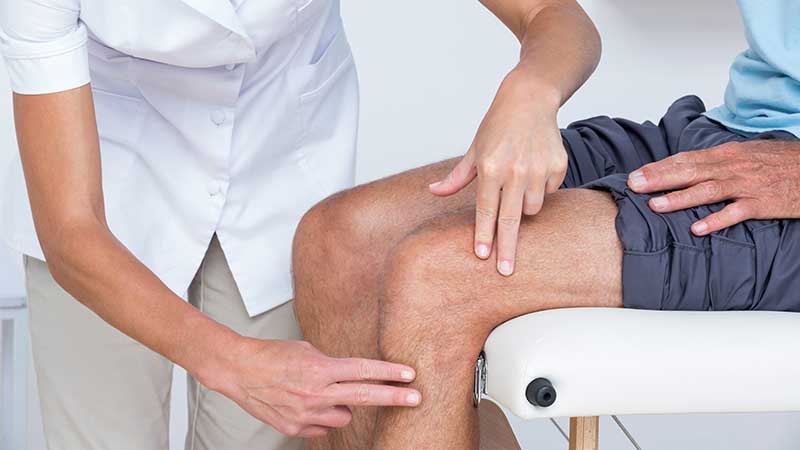
Contingent upon the sort of procedure, the patient might be released at the same day of the procedure. But in some cases it’s necessary to stay at the hospital for 1 – 2 days. Ask the provider about the recovery plan. In addition someone has to be there to drive you home. Also you may need an assistant getting around or doing your work such as laundry or bathing.
Feeling some pain is common after surgery. Pay attention to the following points in the first few days.
- Keep away from physical activity. Rest as possible as you can. The healthcare provider might suggest putting ice or a cold compress on the replaced joint for nearly 20 minutes at each time.
- Accomplish the physical therapy and home exercise as prescribed. It is essential to follow the provider’s recommendation. They will not just support in the recovery to restore performance but also support to protect the new joint.
- Elevate. According to the new joint, the provider might recommend retaining the joint elevated while resting. For instance, if you had a knee arthroplasty, relax with the foot on a footstool or chair instead of the floor.
- Hold the notches clean and covered. Pursue the provider’s incision care order attentively. Ask the provider about the proper time to take a shower or bathe.
- Take pain medicines. The healthcare provider might recommend over-the-counter nonsteroidal anti-inflammatory drugs or prescription pain medicine. Be certain to pursue the provider’s instructions while taking pain medicine. In some cases certain drugs are prescribed in order to reduce swelling or prevent blood clots.
Conclusion
Arthroplasty will help patients who suffer from joint pain and stiffness to get back to the activities they enjoy. Lots of patients retake mobility and live a more active lifestyle after a joint replacement surgery. But each patient recovers variously and you might need to change your habits and activities to protect the new joint. It’s better to have a comprehensive conversation with your healthcare provider about what you could expect following the procedure. It’s essential to have rational expectations. For achieving the best results, follow a PT program and stick to the provider’s instructions while recovery.


